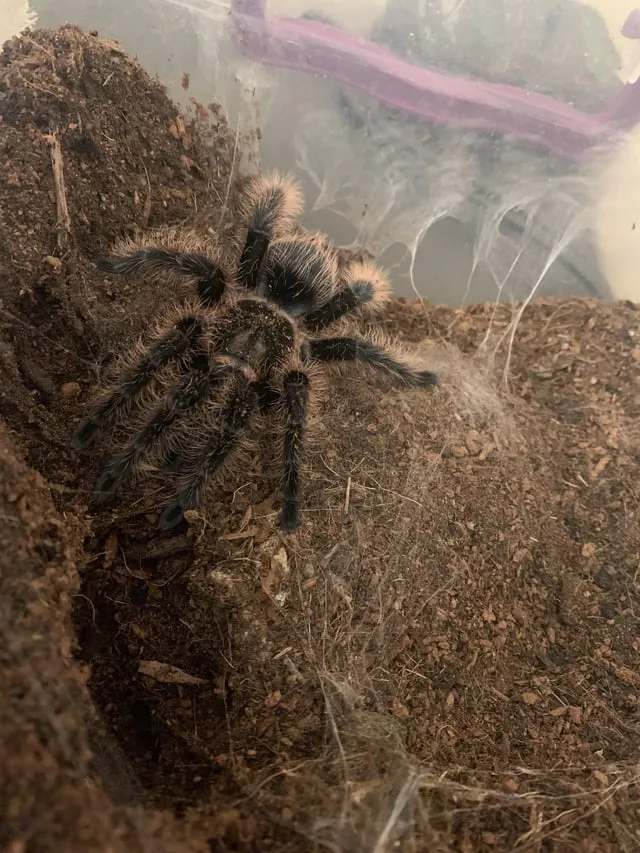What is a Curly Hair Tarantula (and What Does It Eat?)
The Curly Hair Tarantula (Tliltocatl albopilosus), a popular pet due to its docile nature and striking appearance, is a fascinating creature when it comes to its feeding habits. Native to the rainforests of Costa Rica, these spiders are relatively easy to care for, making them a good choice for both novice and experienced arachnid keepers. Understanding their diet is crucial for ensuring the health and longevity of your Curly Hair Tarantula. Unlike some more specialized predators, the Curly Hair Tarantula is an opportunistic eater, meaning it will consume whatever prey is available. This adaptability contributes to their resilience and success in various environments.
Natural Diet of Curly Hair Tarantulas
In their natural habitat, the Curly Hair Tarantula’s diet consists primarily of insects and other invertebrates. They are ambush predators, patiently waiting for unsuspecting prey to come within striking distance. Their diet reflects the biodiversity of their environment, including a range of insects and small animals. The Curly Hair Tarantula’s feeding habits are significantly influenced by its environment and prey availability. They are equipped with the necessary tools for both capturing and digesting their meals, exhibiting behaviors that are both intriguing and essential for their survival and well-being.
Insects
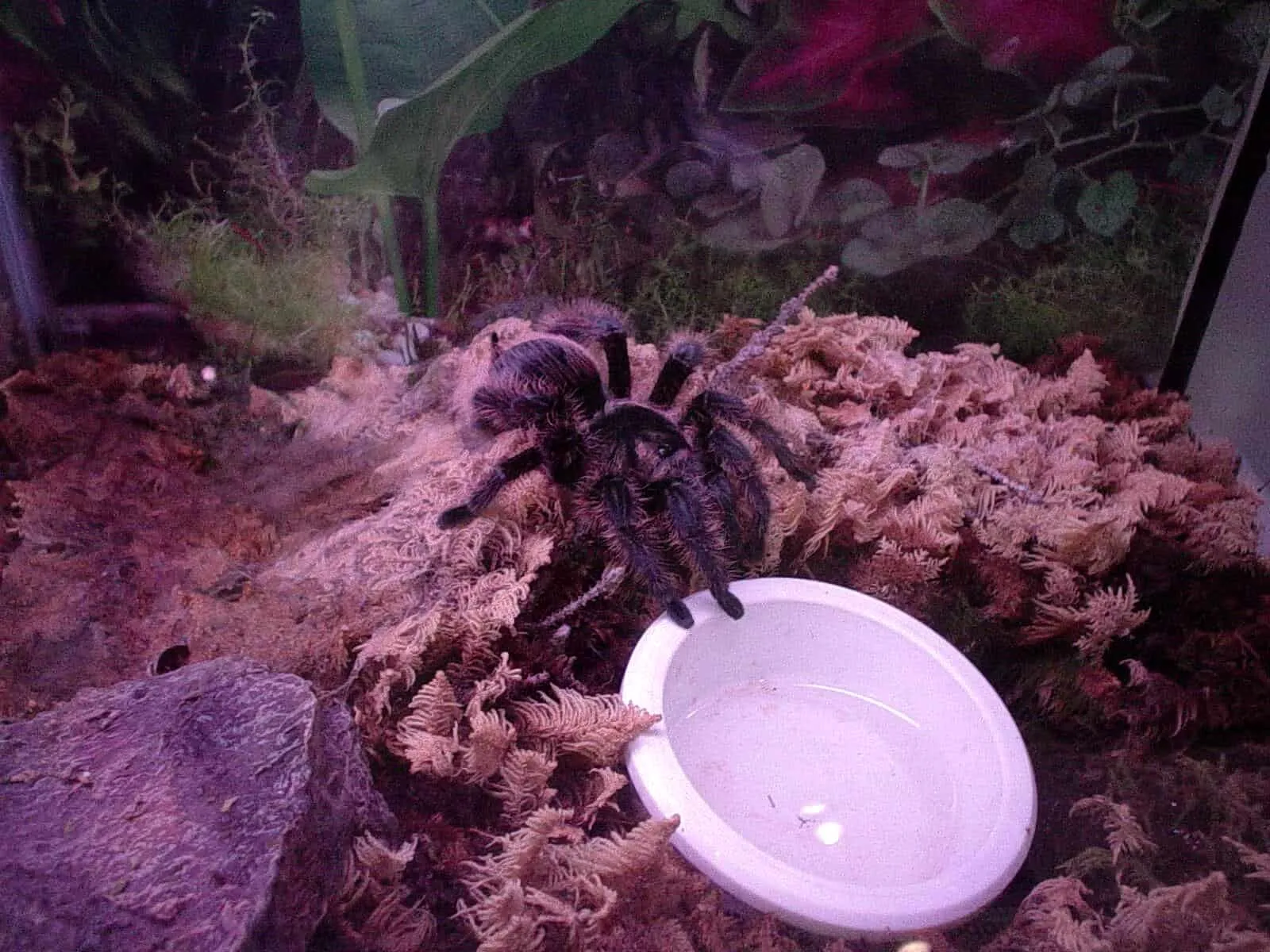
Insects form the bulk of the Curly Hair Tarantula’s diet. Crickets, mealworms, and roaches are among their favorite foods, providing essential nutrients for growth and energy. The size of the insect offered should be appropriate for the tarantula’s size; a general rule is to offer prey that is no larger than the spider’s body. These insects are readily available and easy to raise, making them a practical food source for captive tarantulas. The nutritional composition of these insects, which includes protein, fat, and chitin, is crucial for the tarantula’s molting process and overall health.
Small Vertebrates
In addition to insects, Curly Hair Tarantulas may occasionally consume small vertebrates such as small lizards, frogs, or even small rodents if they are available in their environment. This dietary diversity helps ensure they receive a wide range of nutrients. However, in captivity, offering small vertebrates is less common and requires careful consideration due to potential risks. The availability of these prey items in the wild indicates the Curly Hair Tarantula’s adaptability to various food sources, ensuring it can thrive in diverse ecological niches.
How Curly Hair Tarantulas Hunt
Curly Hair Tarantulas are ambush predators, meaning they do not actively hunt or chase their prey. Instead, they wait patiently, often near the entrance of their burrows, for unsuspecting prey to wander close. Their keen senses, including the ability to detect vibrations, help them identify when prey is nearby. The spider’s method of hunting is a remarkable adaptation to its environment, optimizing its energy expenditure and ensuring survival in its natural habitat. This passive hunting strategy also means that they are relatively low-maintenance pets in terms of feeding, as they do not require a constant supply of food.
Ambush Predators
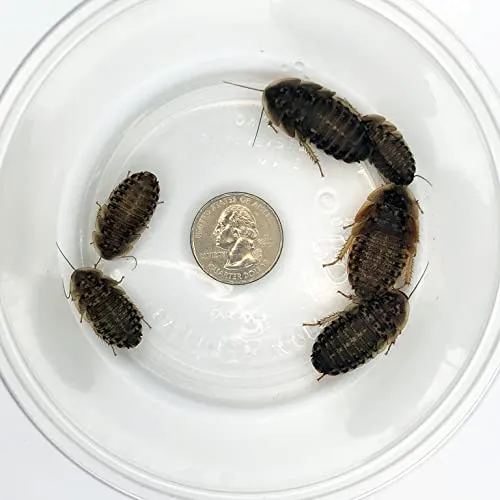
As ambush predators, Curly Hair Tarantulas rely on stealth and surprise. They have powerful chelicerae (fangs) to inject venom into their prey, quickly immobilizing it. They use their fangs to deliver venom, which contains enzymes that start to break down the prey, making it easier to consume. The hunting strategy is a fundamental aspect of the Curly Hair Tarantula’s survival, allowing it to conserve energy while effectively securing food resources. Their ambush predator style is a key aspect of their behavior and care in a captive environment.
Venom and Digestion
The venom of the Curly Hair Tarantula is not considered dangerous to humans. Its primary purpose is to subdue prey. Once the prey is immobilized, the tarantula injects digestive enzymes, which break down the internal organs into a liquid form. The spider then sucks up the liquefied nutrients, leaving behind the exoskeleton of the prey. This process is a fascinating example of external digestion, where the spider effectively digests its food outside its body. The efficiency of this digestive process contributes to the overall health and well-being of the tarantula.
Top 5 Facts About Curly Hair Tarantula Eating
Fact 1 They are Opportunistic Eaters
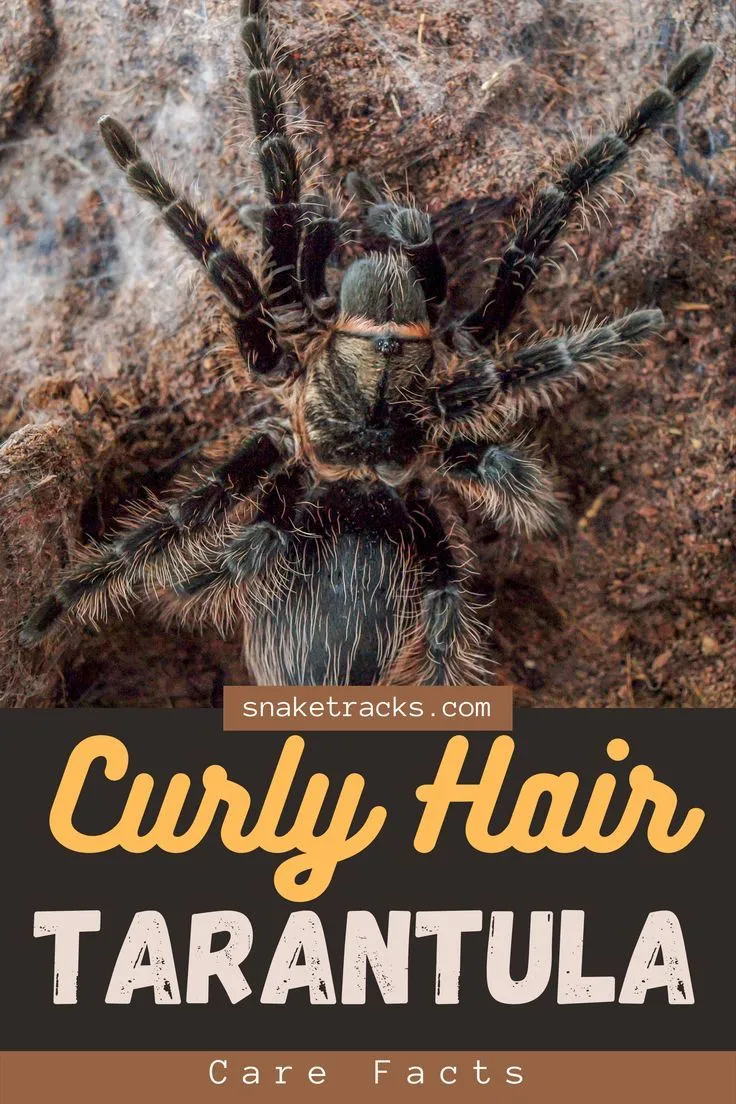
Curly Hair Tarantulas are not picky eaters. In their natural habitat and in captivity, they will consume whatever prey is available, provided it is the appropriate size. This adaptability is one of the reasons they are so successful in diverse environments and a relatively easy pet to keep. Their ability to adapt their diet based on what is available ensures they receive the nutrients they need to thrive. This opportunistic feeding strategy helps ensure their survival.
Fact 2 They Consume Prey Whole
After injecting venom and digestive enzymes, the Curly Hair Tarantula will often consume its prey whole, leaving only the exoskeleton behind. This method of consumption is efficient and minimizes waste. This process is a key aspect of their survival strategy, allowing them to extract maximum nutritional value from their meals. They typically consume prey in a secluded area, often within their burrow, for safety.
Fact 3 They Can Go for Months Without Eating
Curly Hair Tarantulas have a slow metabolism, allowing them to survive for extended periods without food. In captivity, it is not uncommon for a healthy adult to go several weeks or even months between meals, particularly after molting. This ability is an adaptation to their natural environment, where food sources may not always be readily available. It’s important to provide them with food, but also not to be alarmed if they occasionally refuse a meal.
Fact 4 They Eat Their Molts
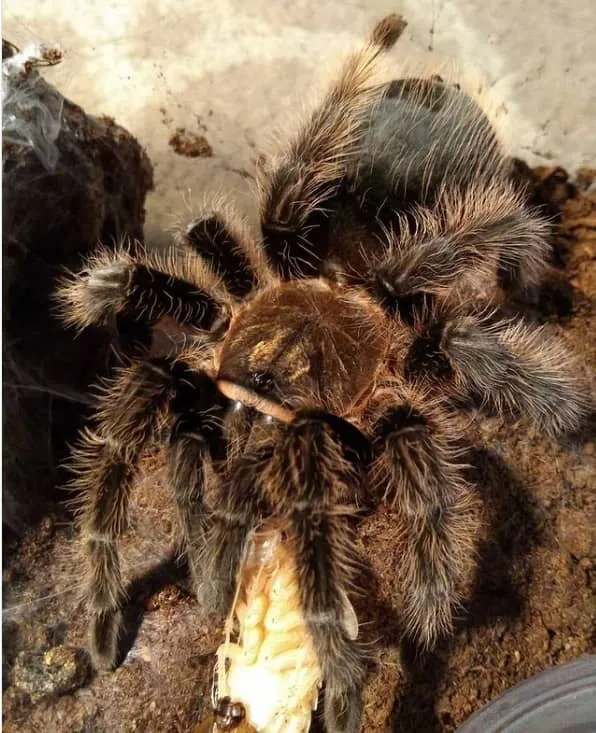
After molting, Curly Hair Tarantulas often consume their old exoskeleton. This behavior is a way for them to recycle nutrients, especially calcium and chitin, which are essential for the spider’s health and future molts. The exoskeleton provides a significant nutritional boost, minimizing waste and ensuring the spider retains vital nutrients. Eating the molt is a fascinating aspect of their life cycle.
Fact 5 Feeding Frequency Depends on Age
The feeding frequency of a Curly Hair Tarantula varies depending on its age. Spiderlings need to be fed more often, typically 2-3 times a week, to support their rapid growth. Juveniles can be fed once a week, while adults can be fed every 1-2 weeks. Overfeeding can lead to health issues, so it’s crucial to adjust the feeding schedule based on the spider’s age and appetite. Always monitor your tarantula’s abdomen size; a plump abdomen is a sign of good health.
Feeding Your Curly Hair Tarantula
Choosing the Right Food
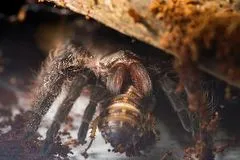
When choosing food for your Curly Hair Tarantula, consider the appropriate size of the prey. Crickets, mealworms, and roaches are good choices, ensuring they are no larger than the tarantula’s body. It’s also important to source your insects from a reputable supplier to avoid introducing parasites or pesticides. Variety in the diet is beneficial, but the primary focus should be on providing a consistent source of food with essential nutrients for your tarantula’s needs.
Feeding Schedule
Adjust the feeding schedule based on the tarantula’s age. Spiderlings need more frequent feeding, while adults can be fed less often. It is important to observe the tarantula’s behavior and abdomen size. If the tarantula refuses food, don’t worry; it might be preparing to molt. Avoid overfeeding. It is generally better to underfeed than overfeed, as obesity can be detrimental to the spider’s health and can shorten its lifespan. Always remove any uneaten food after 24 hours to prevent mold and mites.
Water and Supplements
Provide a shallow water dish with fresh water at all times. This is essential for hydration, especially for a species that originates from warmer climates. You can also provide supplements like calcium and vitamin D3, but only occasionally, to ensure the tarantula gets the necessary nutrients without causing an imbalance. Keep the water clean and readily available to support the tarantula’s overall well-being and facilitate healthy molting.
Potential Feeding Problems
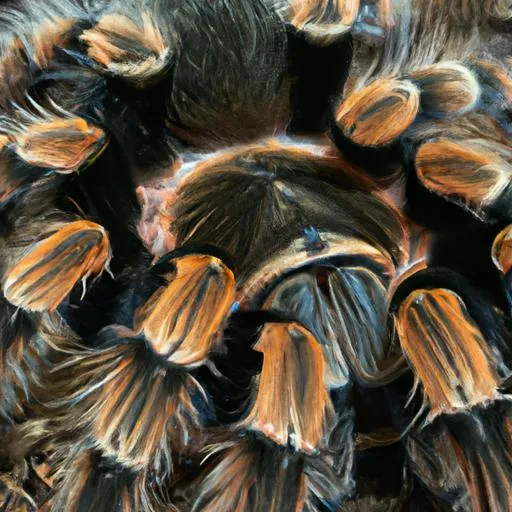
Refusal to Eat
If your Curly Hair Tarantula refuses to eat, several factors could be at play. It might be preparing to molt, experiencing stress, or the temperature in its enclosure might be too low. Ensure the enclosure is set up correctly, with appropriate heat and humidity levels. If the refusal continues for an extended period, consult with a veterinarian experienced in exotic pets to rule out underlying health issues. Patience is often key, as tarantulas can fast for long periods.
Overfeeding
Overfeeding can lead to obesity, potentially shortening the tarantula’s lifespan and creating molting difficulties. Always offer food in moderation and monitor the size of the tarantula’s abdomen. If the abdomen appears too large, reduce the frequency of feeding. A healthy tarantula should have a moderately sized abdomen, not excessively plump. Observing your Curly Hair Tarantula’s feeding habits will help you maintain its health and well-being.
Conclusion
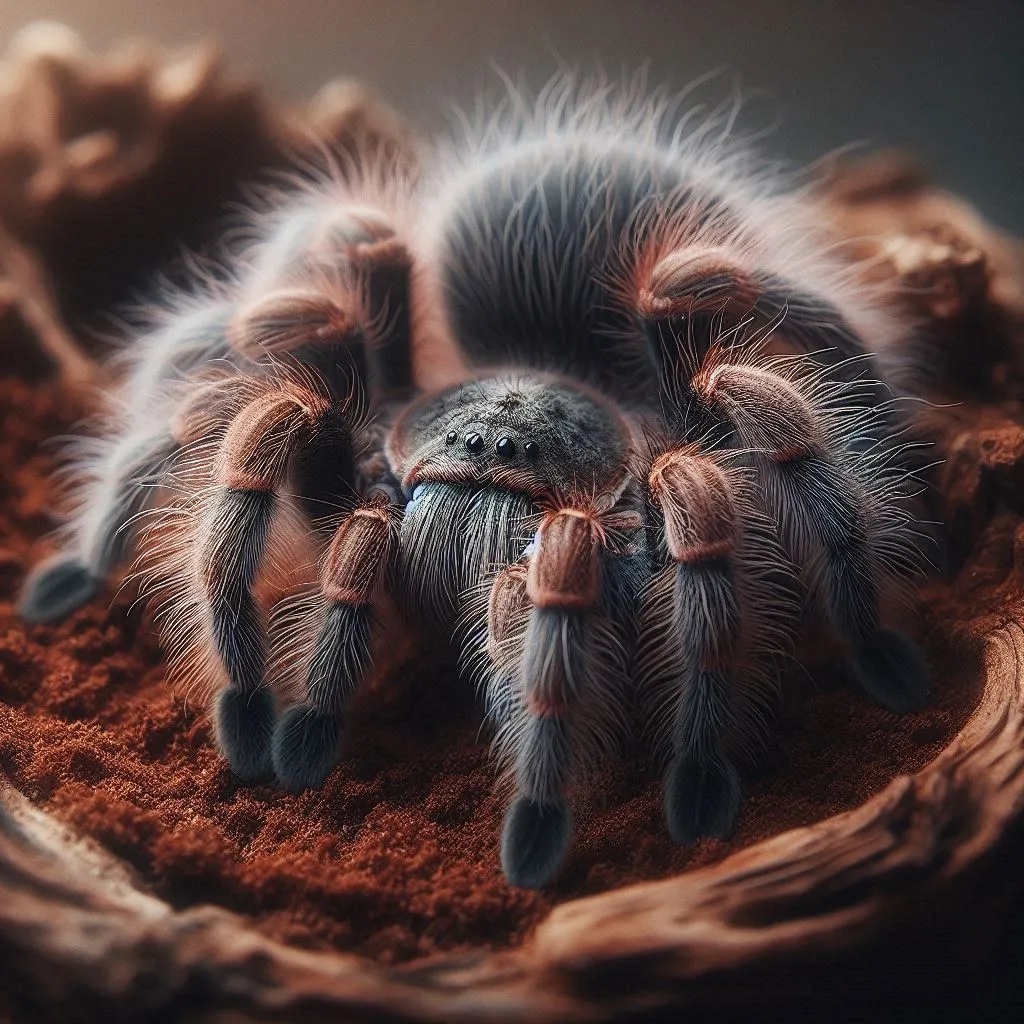
Understanding the feeding habits of your Curly Hair Tarantula is crucial for its care and health. By providing a balanced diet of appropriate prey, maintaining a proper feeding schedule, and monitoring your tarantula’s health, you can ensure it lives a long and fulfilling life. Remember to observe your tarantula regularly, adjusting your care as needed, and seeking expert advice when necessary. With proper care, you can enjoy the unique experience of keeping these fascinating creatures.
